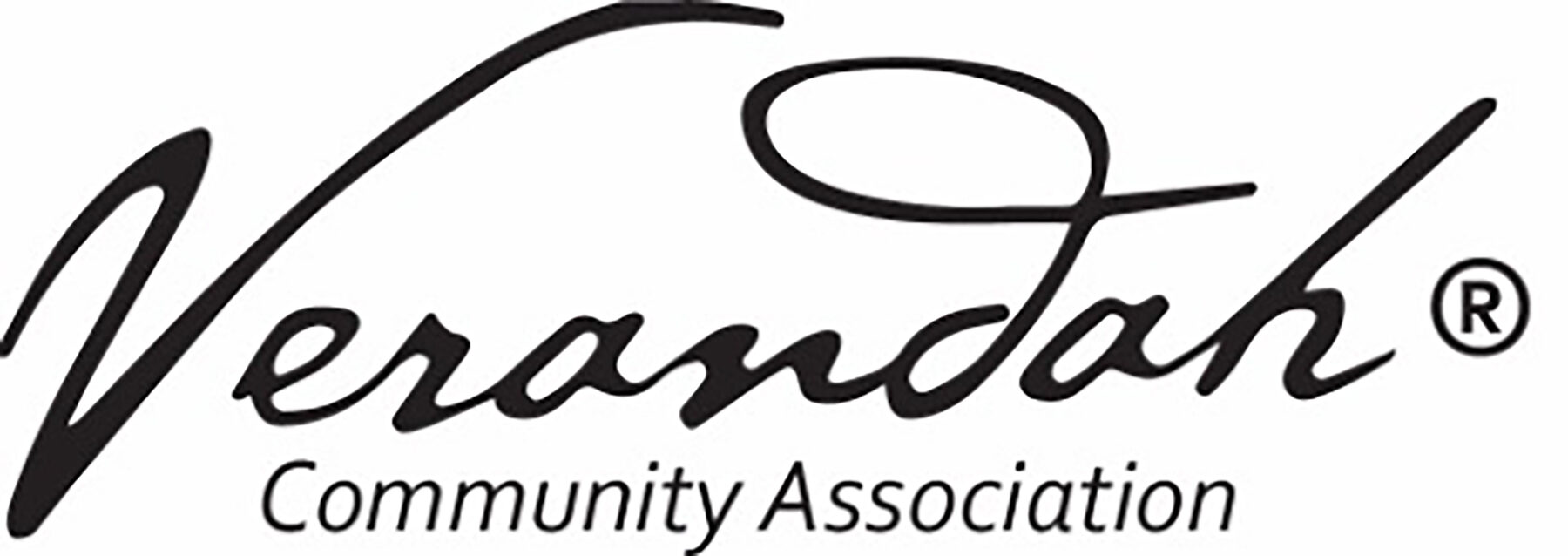
Design Review: It is a widely used self-governance tool to maintain the cohesiveness and quality of life in a deed-restricted community. Verandah’s restrictions were secured to our deeds when we purchased our home. They are called Declaration of Covenant
Design Review Committee: Committee members are homeowners that are appointed by the Board of Directors. This volunteer committee, with support from the VCA staff, evaluates and approves modifications, renovations, or new construction proposed by homeowners to the outside of their home to ensure they meet the Verandah’s aesthetic and architectural standards. It often works with applicants on projects to allow approvals to be issued. Current and past committee members have included realtors, engineers, business executives, master gardeners, and interior designers.
Design review process: The Design Review Process is well established in Verandah.
STEP ONE
Homeowners that seek to make external improvements to their property submit a Design Modification Form with all supporting documentation (e.g., architectural plans, sketches, material samples, color choices, and possibly a description of the project’s purpose and timeline.
STEP TWO
These materials are reviewed by Committee members and VCA staff. (When external painting or roofing is proposed members do “drive-bys” to understand how these improvements will complement existing roofing, driveway, pavers, or other existing hardscape materials.) The committee review is based on our Design Review Guidelines, and they may also consider how the changes impact neighbors (e.g., views, privacy, noise, etc.).
Reviews often address:
• Architectural style Ensuring proposed changes match the architectural theme of the community.
• Materials Requiring materials blend with existing structures (e.g., roof tiles, types of siding, external lighting, etc.).
• Landscaping Ensuring trees and plants are on Verandah’s plant list, tree removal, landscape beds, etc.
Based on the review, the committee may give preliminary approval, request modifications, or reject the application outright if it doesn’t comply with our guidelines. (If a homeowner disagrees with the DRC decision, they may appeal to the Board.) Once any requested changes are made and resubmitted, the Committee gives final approval, possibly with conditions.
STEP THREE
With approval in hand, a homeowner can make the approved modifications. The committee may monitor the project to ensure it adheres to the approved plans. When the project is completed, the homeowner notifies the VCA, and an inspection may occur to confirm the work complies with the approved design. (If a homeowner bypasses the design review process or fails to follow approved plans, the Board may impose penalties such as fines, or require the work to be altered to meet our guidelines.)
External modifications: When a homeowner is considering an external modification to their property (e.g., house and yard) they are encouraged to submit a modification form. (A Quick Reference Guide describes what is needed.) To assist homeowners the Board has approved an external color palette and nine project guidelines. These address external improvements, exterior equipment, gutters, lanai extensions, landscaping, pools, roofs, solar panels, and storm shutters.
Next month we will publish Part two that explains what our Design Review Guidelines are and how homeowners can learn more about them.






